Few days ago a friend, Sepp Hasslberger, introduce me the wheel of Bessler.
After thinking about it, this is how I see it;
The pendulums are energy storage devices. The crank allows for storage when the wheel speeds and to drive it when the wheel slows.
The long and small bob have to purposes; the first to store extra energy, bending when the rotation accelerates and the second as a damper, vibrating at higher speeds (mechanical resonance).
The wheel is a parametric oscillator, with pairs of weights on the sliding rod thru a sleeve.
Near the center, smaller radius possible, and horizontally up, is the better point to apply the force to change the trajectory.
Different torque rates and leverage are used in the arms that transmit the weights´ force falling.


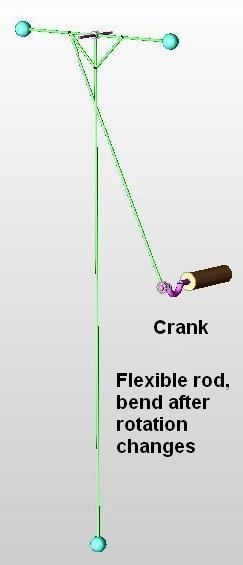
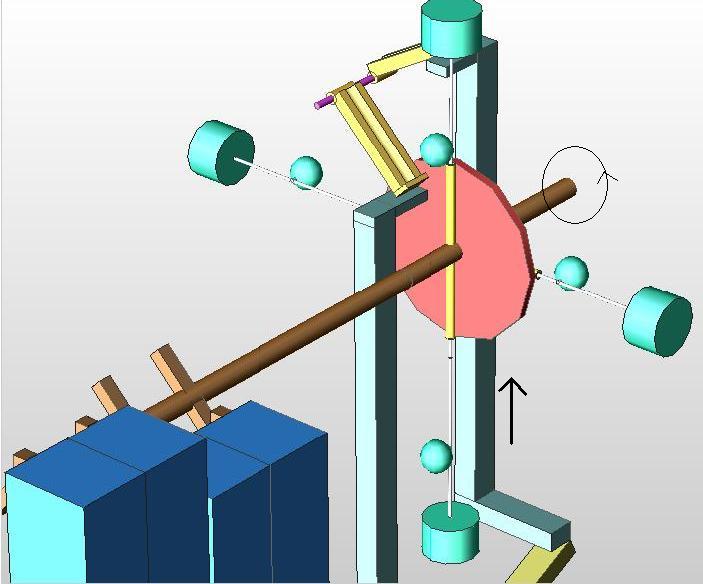
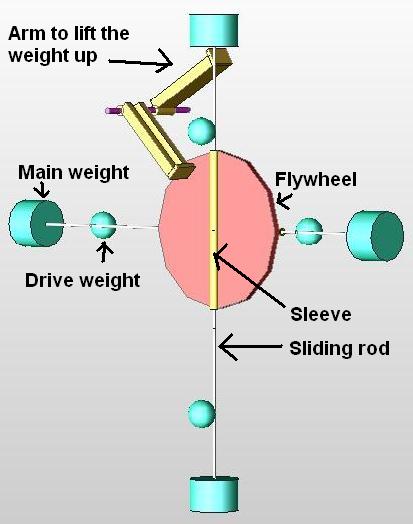
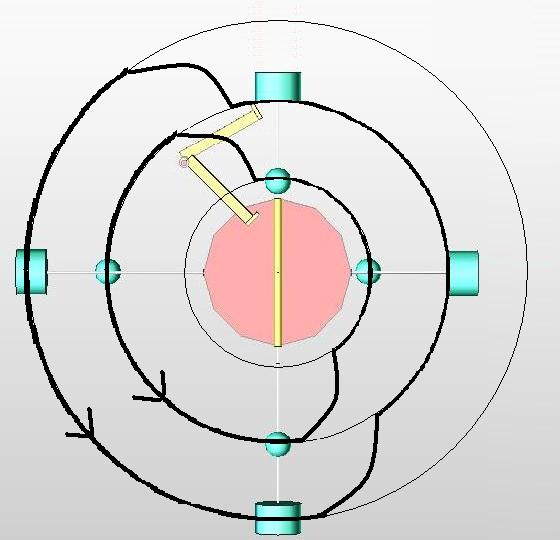
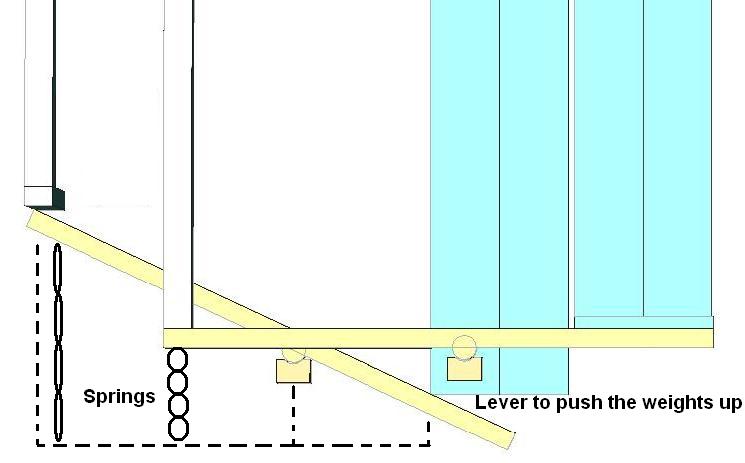
thermoenergetics
Sepp Hasslberger
After thinking about it, this is how I see it;
The pendulums are energy storage devices. The crank allows for storage when the wheel speeds and to drive it when the wheel slows.
The long and small bob have to purposes; the first to store extra energy, bending when the rotation accelerates and the second as a damper, vibrating at higher speeds (mechanical resonance).
The wheel is a parametric oscillator, with pairs of weights on the sliding rod thru a sleeve.
Near the center, smaller radius possible, and horizontally up, is the better point to apply the force to change the trajectory.
Different torque rates and leverage are used in the arms that transmit the weights´ force falling.

thermoenergetics
Sepp Hasslberger



 Perhaps a wheel inside a wheel and the middle turns faster but by synchronization we are able to slide the weights between the two. Would there be any advantage?
Perhaps a wheel inside a wheel and the middle turns faster but by synchronization we are able to slide the weights between the two. Would there be any advantage?


Comment